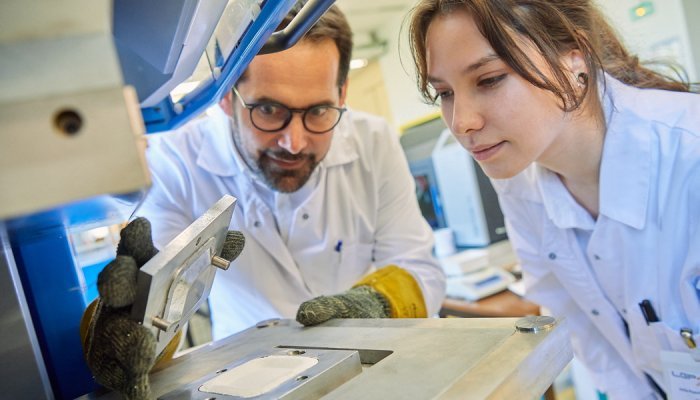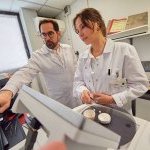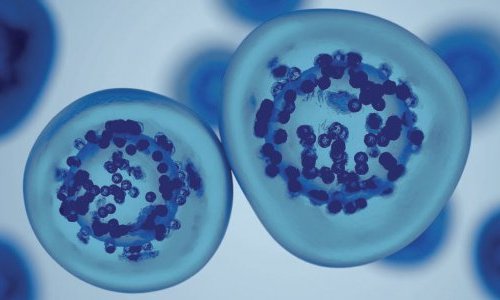As it is foreseen as a solution to replace plastic in the future, cellulose is scrutinized by the packaging sector and its peripheral players. To speed up the development of alternative solutions, in particular to single-use food and cosmetics packaging, the Cellulose Valley teaching and research chair implemented a programme for PhDs, research engineers, and Master’s students working on various issues.
“We aim to boost innovation and take advantage of all the scientific developments of the past few years in order to provide this material with properties as close as possible to those of plastic, in particular by improving the barrier function, finding solutions to closing and shaping problems, etc. We intend to develop a high-performing material that will help create recyclable and biodegradable packaging”, explains PhD Julien Bras, who holds the Cellulose Valley chair.
Eight dedicated Master’s degrees every year
This chair was created thanks to eight founding partners who directly or indirectly come from the cellulose ecosystem, including Ahlstrom and DS Smith, providers of cellulose-based solutions, Guillin Emballage and Aptar, who transform the material into packaging, Décathlon, Marie, or Chanel, users, and Citeo, for a global vision of the value chain.
These partners finance the chair and launch the new research projects, training actions, exchange sessions, webinars, etc.
“Every year, there is a research project planned with eight Master’s specialties, which makes 32, all in all: the students will work on proofs of concept and offer solutions expected by society in these fields. The results will be shared every year: the first day of the inauguration, we unveiled those of the first Master’s groups who presented their work on cheese and chocolate packaging, cushioning materials, new types of corrugated cardboard, and high-performing moulded cellulose”, Bras explains.
The objective is to work on primary and secondary packaging for the food, cosmetics, and other industries that share the same problems, like the barrier function for liquid formulas, closing constraints, or decorations.
A widely available material
Other than being a natural, renewable material, cellulose presents no risk of supply difficulties.
“Cellulose is found in a significant, much underexploited biomass. Nature produces 200 billion tonnes of cellulose, and only six are used, mainly for heating. About 100 million tonnes of plastics are used in the packaging sector today, so I am not really worried about supplying, be it for the original or the recycled material”, says Bras.
Launched in early 2022, the Cellulose Valley chair will continue its research work until 2026. All this will take place in parallel to the CDP Cosmethic programme, a tool implemented five years ago by the Institute of Excellence of the Grenoble University to build a bridge between social sciences and chemistry and material sciences, thanks to cosmetics.
































